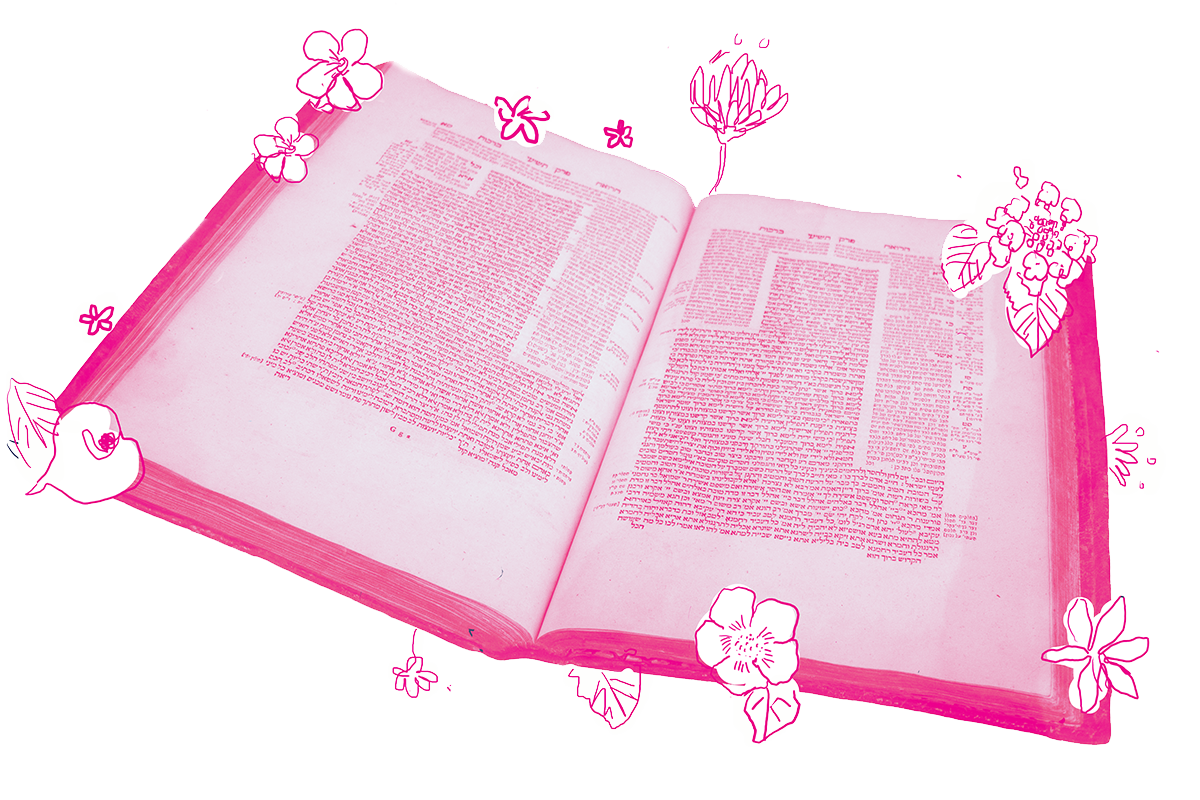Today’s daf introduces the holiday of Hanukkah, and has some surprising things to say about it.
Rather than devote a separate tractate to Hanukkah, as it does to most festivals including the minor holiday of Purim, the Talmud relegates Hanukkah to a side discussion in this tractate. Some scholars say that this placement reflects an ambivalence about the holiday or about its heroes, the founders of the Hasmonean dynasty.
Here’s how it comes up: While discussing the proper materials for lighting the Shabbat lamps, the Talmud segues into which wicks and oils may be used for the Hanukkah lights, as well as a discussion of how many lamps should be lit:
The sages taught: The basic mitzvah of Hanukkah is each day to have a light kindled by each person and his household. The mehadrin kindle a light for each and every one in the household. And the mehadrin min hamehadrin adjust the number of lights daily.

Help us keep Jewish knowledge accessible to millions of people around the world.
Your donation to My Jewish Learning fuels endless journeys of Jewish discovery. With your help, My Jewish Learning can continue to provide nonstop opportunities for learning, connection and growth.
Mehadrin are those who go above and beyond the basic requirements of the law to observe in a more meticulous manner. It may be from an Aramaic root (הדר) that may mean to “encompass” or “to court,” like a suitor. Rashi explained it as “pursuing” the mitzvot. It is also related to Hebrew word meaning “adorning,” and Maimonides understood it as honoring the mizvot.
The teaching here is that those who go above and beyond in their observance of Hanukkah do not simply light one light for the family every night, but one for every member of their household. And those who really go above and beyond light as many lights as correspond to the day of the holiday as well.
In today’s parlance, the term mehadrin min hemadrin (the crème de la crème of the observant) is often used to describe the standards of the most devout and traditional Jews regarding Jewish observance. But when it comes to Hanukkah, everyone today follows the most “mehadrin” practice, adjusting the lights each night. We are all the most devout!
According to Dr. Ron Wolfson, the move toward the more mehadrin practice as the standard may simply reflect a reduction in the cost of lamp oil.
All seem to agree changing the number of lights each day is a “best practice.” But how to adjust the number is a matter of dispute:
The House of Shammai say: On the first day one kindles eight lights and, from there on, gradually decreases (down to one)…And the House of Hillel say: On the first day one kindles one light, and from there on, gradually increases (up to eight).
The House of Shammai base their system on the festival offerings at Sukkot, which decreased each day of the holiday. This may hint that according to the Second Book of Maccabees, Hanukkah originated in an emulation of Sukkot (plus Shemini Atzeret), an eight day festival held in the fall. The Maccabees were too busy fighting for freedom to observe that biblical festival at the proper time, and so pushed it to the winter.
The House of Hillel give the explanation that “One elevates in holiness and does not decrease it.” As usual, the House of Hillel’s method is the accepted one and to this day, we light an increasing number of candles each night.
But there is another surprise in store. After discussing the correct way to light the candles, the Talmud queries, “What is Hanukkah?” Apparently, not everyone knew of this holiday! In the response to this question, we find the very first mention of the famous miracle of the little cruse of oil that lasted for eight days. With this brief interpretation, the rabbis not only put Hanukkah securely on the Jewish holiday map, but also shift the focus of the holiday from a military struggle for national independence, to a religious festival celebrating God’s miracle.
Read all of Shabbat 21 on Sefaria.
This piece originally appeared in a My Jewish Learning Daf Yomi email newsletter sent on March 27, 2020. If you are interested in receiving the newsletter, sign up here.



